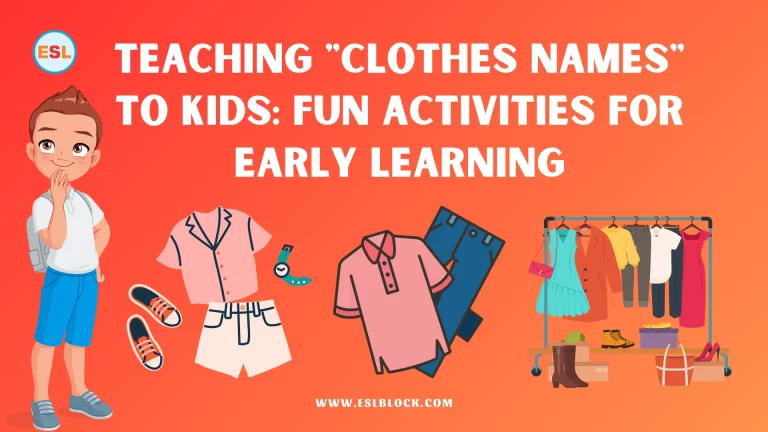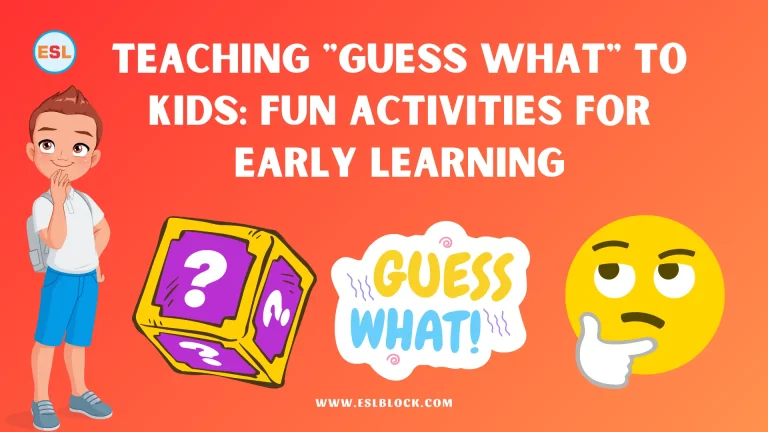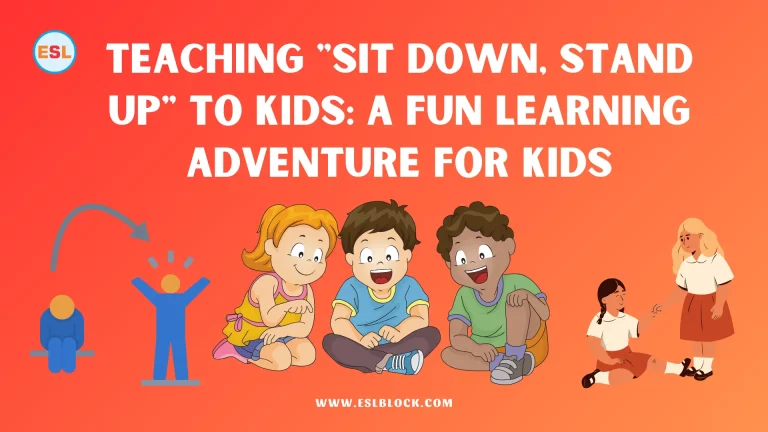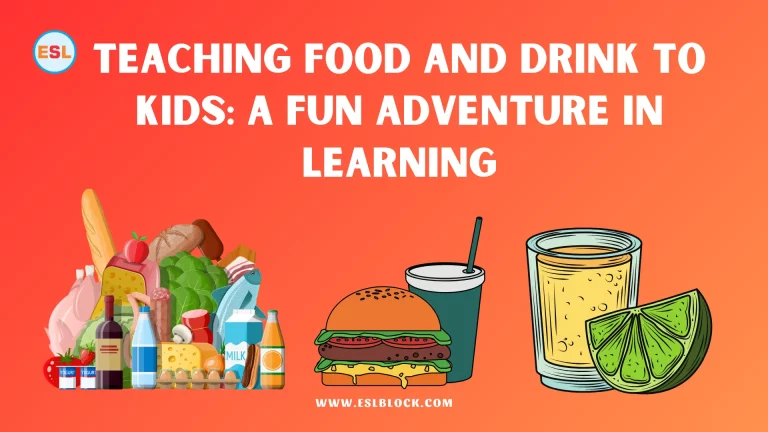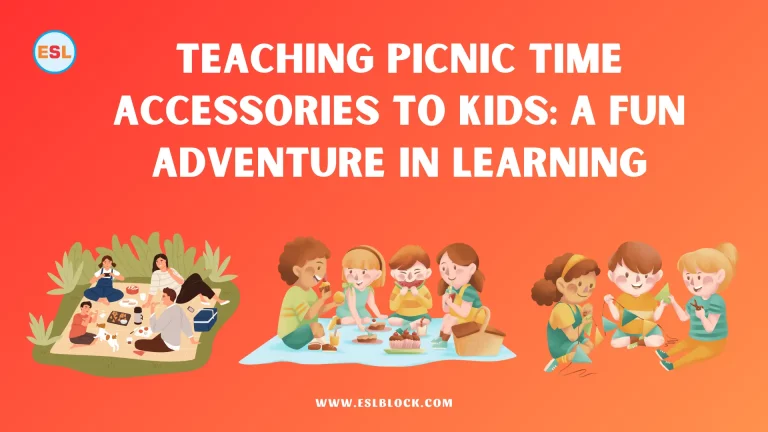Teaching Kids “What’s Your Name?” with Fun Activities

Hello, I’m Sophia. In this article, I will teach children about “What’s Your Name?”. Let’s explore various ways to express the concept of ““What’s Your Name?”” through activities.
Introducing oneself is not merely a social convention; it’s a fundamental skill that shapes a child’s identity. Teaching “What’s your name?” to grade one students can be an exciting journey of self-discovery and camaraderie. Here are some engaging activities to make this learning process meaningful and memorable.
All of these activities about teaching “”What’s Your Name?”” have been thoroughly verified using reputable sources to ensure their authenticity before being included. Source: Your Info Master.
Read also: Teaching Family Members to Kids: Fun and Engaging Activities
Engaging Activities for Teaching Kids About “What’s Your Name?”
1. Name Stories: Each child shares the story behind their name. It could be the meaning, origin, or a special family connection. This activity fosters a sense of pride in one’s name.
2. Name Artwork: Children create artistic representations of their names using colors, shapes, and drawings. This activity enhances fine motor skills while celebrating individuality.
3. Name Rhymes: Encourage kids to come up with rhymes for their names. For example, “Sara likes to wear tiaras!” This playful activity enhances phonetic awareness and creativity.
4. Name Hunt: Hide name cards around the classroom. When a child finds a card, they say, “What’s your name?” to the person whose name it is. This activity combines movement and learning.
5. Name Puzzles: Provide puzzles with each child’s name. As they assemble the puzzle, they say their name aloud, reinforcing spelling and recognition.
6. Name Dance: Create a dance where kids move to the rhythm of their names being spelled out. For each letter, they strike a pose. This dynamic activity promotes coordination and learning.
7. Name Memory Game: Place name cards face down and play a memory game. When a child finds a pair, they say, “What’s your name?” to the person who matches the card. This enhances memory and social skills.
8. Name Collage: Children collect images and words from magazines that represent them. They create collages and share, saying, “What’s your name?” This visual activity encourages self-expression.
9. Name Relay: Organize a relay race where children pass a baton with their name tags. As they run, they chant, “What’s your name?” This energetic activity combines physical activity and learning.
10. Name Charades: Kids act out activities or animals related to the letters of their names. For example, “J” for jumping or “E” for elephant. This game enhances vocabulary and creativity.
Example Sentences with “What’s Your Name?”
Here is a list of example sentences with “What’s Your Name?”:
- What’s your name?
- My name is Lily.
- Can you tell me your name?
- Hello! What’s your name?
- I’m Alex. What’s your name?
- My name is Mia. Nice to meet you!
- Hi, my name is Oliver.
- What’s your name? Mine is Emma.
- My name is Liam. What about you?
- Good morning! What’s your name?
Read also: Halloween Costumes for Horses | A Comprehensive Guide
Conclusion
Teaching “What’s your name?” through these activities not only imparts a basic language skill but also nurtures self-confidence, social bonds, and a sense of belonging. Every child’s name is a unique melody in the symphony of the classroom, and embracing this diversity enriches the learning experience.
If you found the teaching activity about ““What’s Your Name?”” helpful, please consider sharing it with your friends via email or on social media platforms like Pinterest, Twitter, Instagram, or Facebook. Thank you very much!
Did you do the “Teaching “What’s Your Name?”” activity? If yes, which part did you like the most? Please tell us in the comments below!
Recap of what we just learned
- Introduction
- Engaging Activities for Teaching Kids About “What’s Your Name?”
- Example Sentences with “What’s Your Name?”
Related Articles
Here are some more articles for you!
- Teaching Numbers to Kids: Engaging Activities for Early Learning
- Teaching Alphabet Flies to Kids with Engaging Activities
- Teaching Letter Catcher: A Fun and Engaging Way to Master the Alphabet
- Establishing a Positive Classroom Environment: Teaching Classroom Rules Through Engaging Activities
- Teaching Kids to Spell Their Names with Engaging Activities
- Teaching “How Are You Today?” to Kids with Engaging Activities
- Teaching “Matching the Halves” to Kids: Engaging Activities and Examples
- Fun and Memorable English Family Picnic Activity

